Aerodynamics has become a pivotal element in the quest for racing dominance, influencing not only the speed but also the handling and efficiency of racing vehicles. Understanding how aerodynamic principles are applied in motorsports reveals their profound impact on the performance of race cars and the strategies of teams striving for success.
The Fundamentals of Aerodynamics in Racing

Aerodynamics in racing involves the study of how air flows around a vehicle and the forces that result from this interaction. Key principles include drag, which is the resistance a vehicle faces as it moves through the air, and downforce, which is the downward pressure created by the aerodynamic design that helps keep the car stable on the track. Airflow management is crucial, as it dictates how efficiently a car can cut through the air, affecting both speed and fuel consumption.
Historically, aerodynamics became a critical component in racing during the mid-20th century. As speeds increased, engineers realized that managing airflow could significantly enhance performance. The introduction of aerodynamic elements like wings and spoilers in the 1960s marked a turning point. These components allowed cars to achieve higher speeds while maintaining stability, revolutionizing the design and strategy of race cars.
Key aerodynamic components include wings, diffusers, and splitters. Wings, often seen on the rear of race cars, create downforce to improve traction. Diffusers, located at the rear underside of the car, help accelerate airflow under the vehicle, increasing downforce and reducing drag. Splitters, found at the front, manage airflow to enhance stability and cornering performance. Each of these parts plays a vital role in optimizing a car’s aerodynamic profile.
Impact on Vehicle Performance
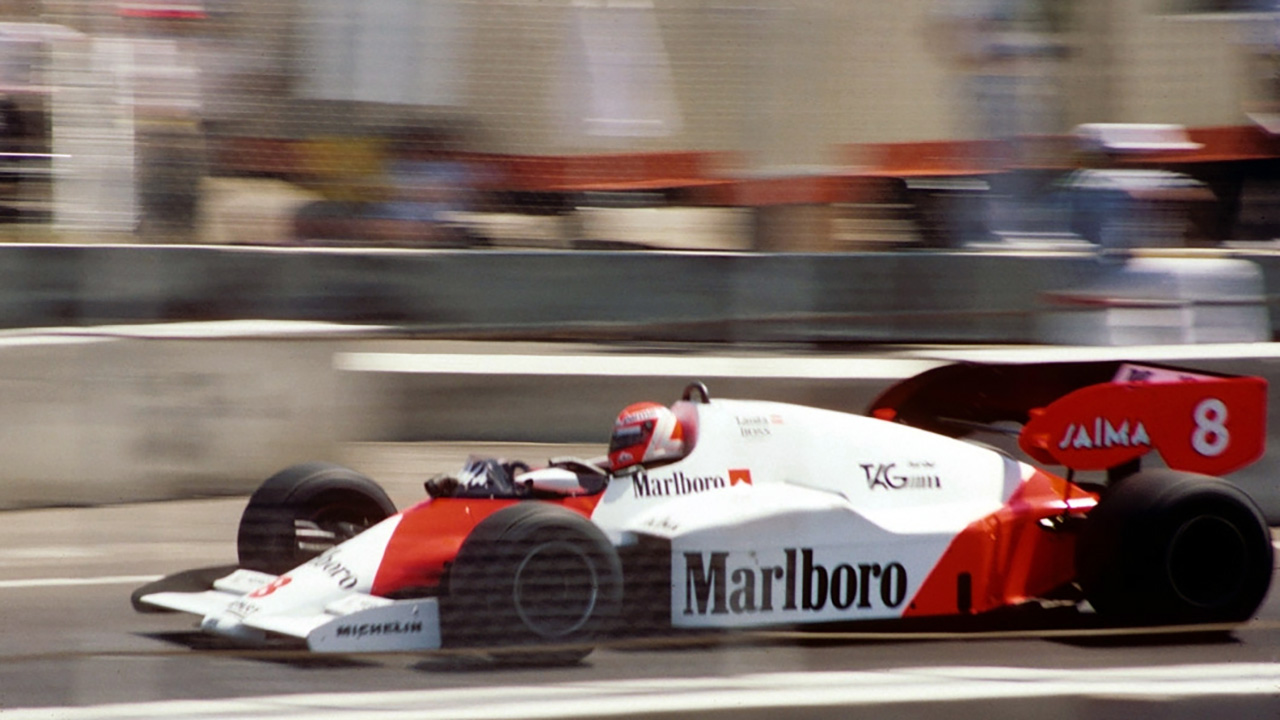
The impact of aerodynamics on vehicle performance is profound. By reducing drag, cars can achieve higher speeds with less power, making them more efficient. Optimizing downforce allows cars to maintain higher speeds through corners, improving lap times and overall performance. This balance between drag reduction and downforce optimization is a key focus for engineers in motorsports.
Improved handling is another significant benefit of advanced aerodynamics. By increasing downforce, cars gain better traction, allowing drivers to navigate corners at higher speeds with greater control. This stability is crucial in competitive racing environments where fractions of a second can determine the outcome of a race. Aerodynamic enhancements thus directly contribute to a vehicle’s agility and responsiveness on the track.
Fuel efficiency is also influenced by aerodynamics, particularly in endurance racing. By minimizing drag, cars consume less fuel, allowing them to travel longer distances on the same amount of fuel. This efficiency is critical in races like the 24 Hours of Le Mans, where pit stops for refueling can significantly impact race strategy and outcomes. Aerodynamic efficiency, therefore, plays a crucial role in both performance and strategy in endurance racing.
Technological Innovations and Testing

Wind tunnel testing is a cornerstone of aerodynamic development in racing. These controlled environments allow engineers to test and refine designs, ensuring that aerodynamic components perform as intended. By simulating real-world conditions, teams can make data-driven decisions to enhance vehicle performance. Wind tunnels have been instrumental in the development of iconic race cars, providing insights that are not possible through track testing alone.
Computational Fluid Dynamics (CFD) has revolutionized aerodynamic design by allowing engineers to simulate airflow around a vehicle using advanced computer models. This technology enables the testing of numerous design iterations quickly and cost-effectively. CFD has become an essential tool in the development of aerodynamic features, providing detailed insights into airflow patterns and helping teams optimize their designs before physical testing.
Recent innovations in materials and technology have further advanced aerodynamic development. The use of lightweight composites and advanced manufacturing techniques allows for more complex and efficient aerodynamic shapes. Innovations such as active aerodynamics, where components adjust in real-time to optimize performance, are becoming increasingly common. These advancements continue to push the boundaries of what is possible in racing aerodynamics.
Aerodynamics in Different Racing Disciplines
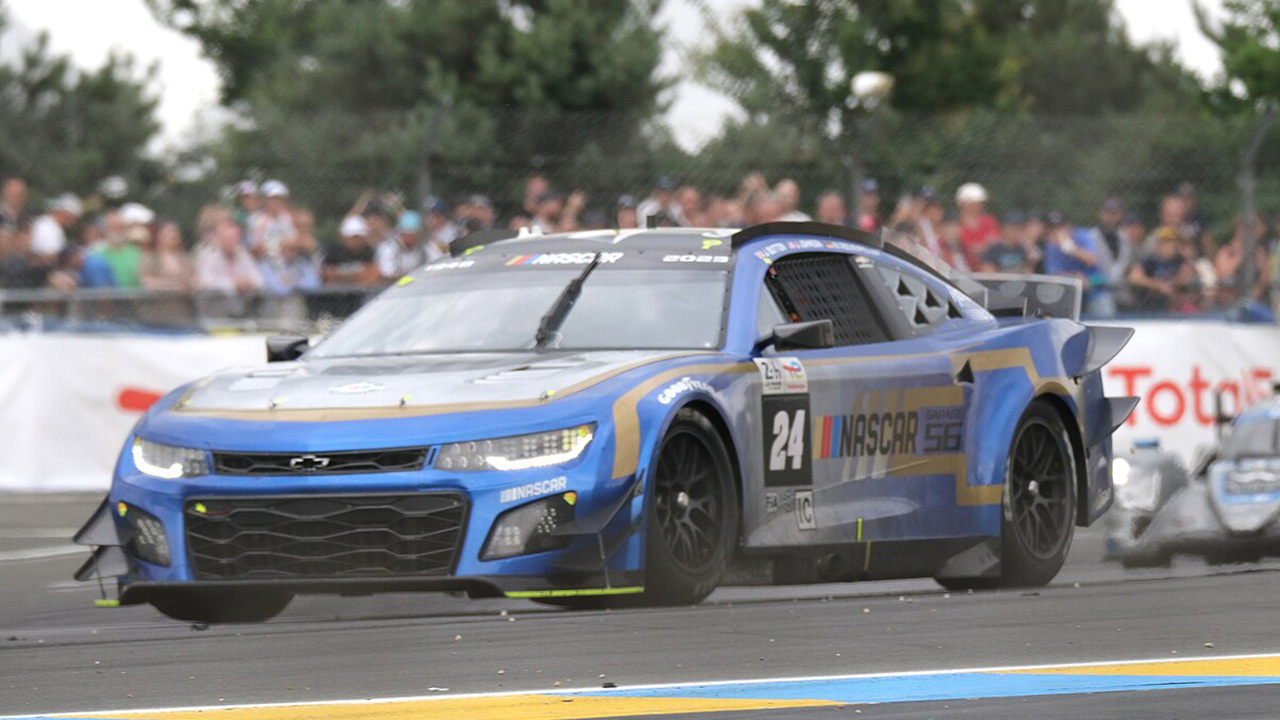
In Formula 1, aerodynamics plays a crucial role in the highly regulated and competitive environment. Teams invest heavily in aerodynamic research and development to gain even the slightest advantage. The complex regulations governing aerodynamic components require teams to be innovative while adhering to strict guidelines. The result is a continuous arms race in aerodynamic technology, with teams constantly seeking new ways to enhance performance.
NASCAR and stock car racing present unique aerodynamic challenges due to the nature of oval-track racing. The emphasis is on reducing drag to achieve high speeds on straightaways while maintaining stability in corners. Teams often use wind tunnel testing and CFD to develop aerodynamic packages tailored to specific tracks, balancing speed and handling to optimize performance.
Endurance racing, such as the 24 Hours of Le Mans, requires a balance between speed and efficiency. Aerodynamics is crucial in achieving this balance, as cars must be fast enough to compete while also being efficient enough to minimize fuel stops. The aerodynamic design of endurance race cars focuses on reducing drag and optimizing downforce to enhance both speed and fuel efficiency over long distances.
The Future of Aerodynamics in Racing
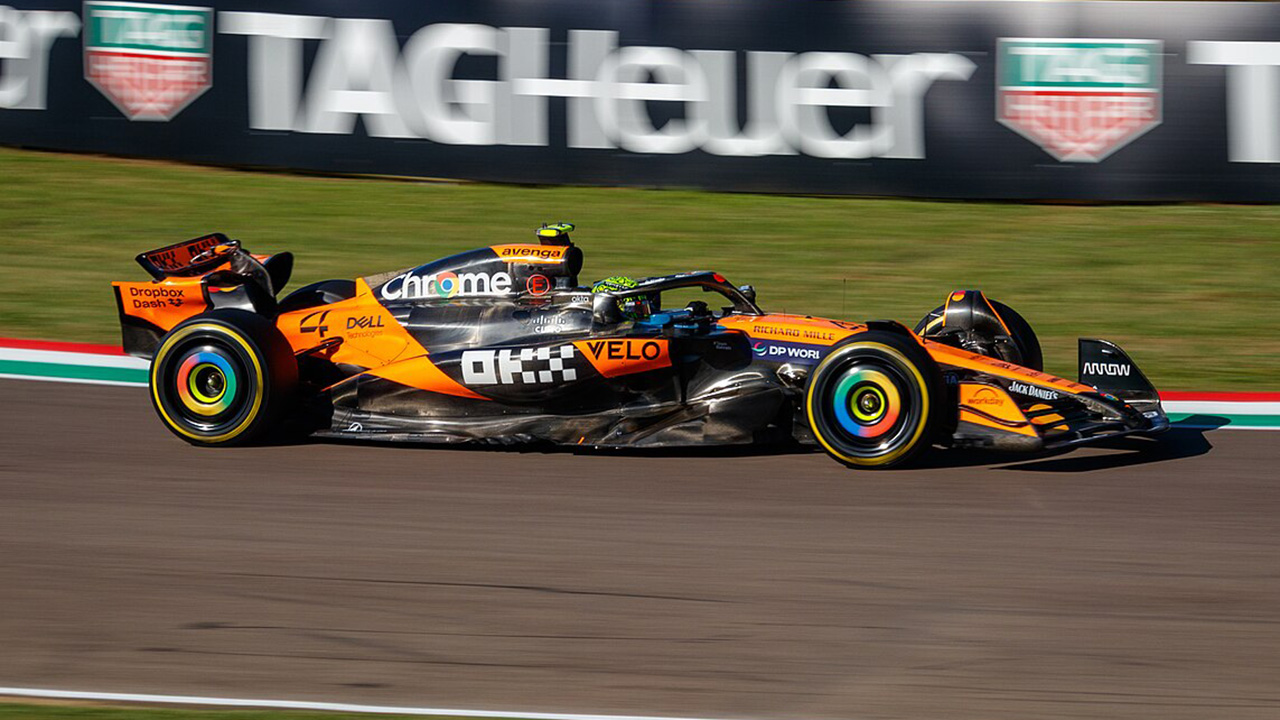
The future of aerodynamics in racing is shaped by evolving regulations and the push for sustainability. Changes in racing rules often impact aerodynamic design, requiring teams to adapt quickly to new constraints. These changes can lead to innovative solutions as teams seek to maintain competitive advantages within the regulatory framework.
Sustainable design is becoming increasingly important in racing, with teams exploring eco-friendly materials and concepts. The integration of sustainable practices in aerodynamic development not only reduces environmental impact but also aligns with broader industry trends towards sustainability. This shift is likely to influence the future direction of aerodynamic research and development in motorsports.
Emerging trends in technology, such as artificial intelligence and machine learning, are poised to further revolutionize racing aerodynamics. These technologies can enhance the design process by providing deeper insights into airflow patterns and optimizing designs in ways that were previously unimaginable. As these technologies continue to evolve, they will likely play a significant role in shaping the future of aerodynamics in racing.
Like Fast Lane Only’s content? Be sure to follow us.
Here’s more from us:
*Created with AI assistance and editor review.

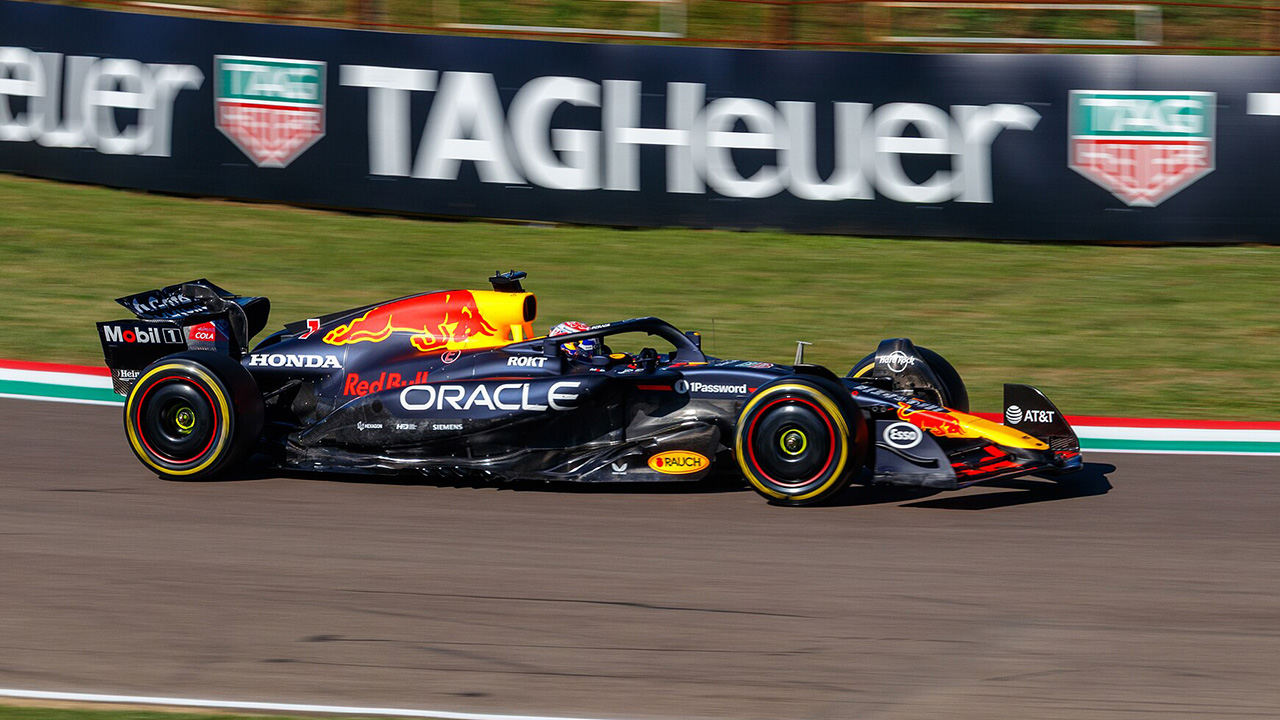


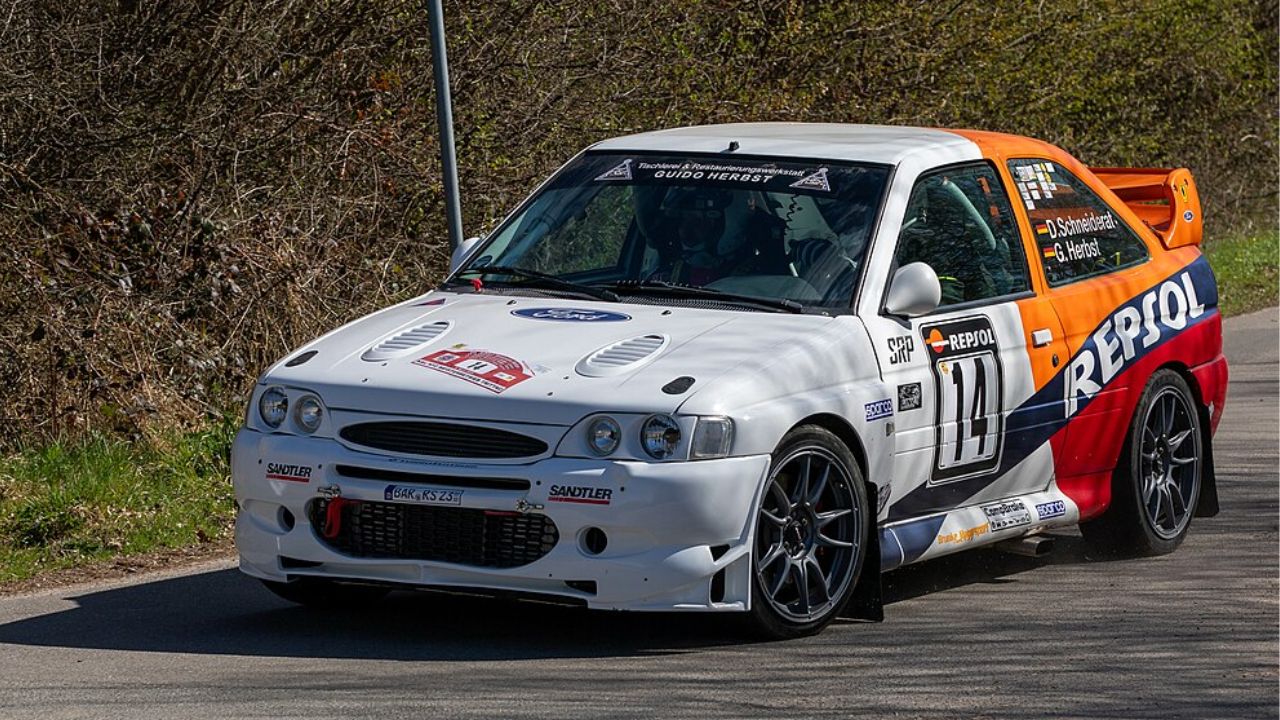


Leave a Reply